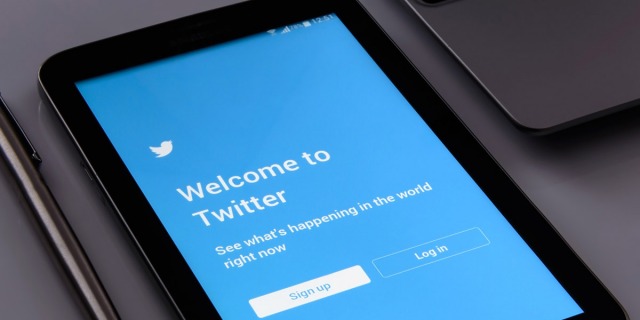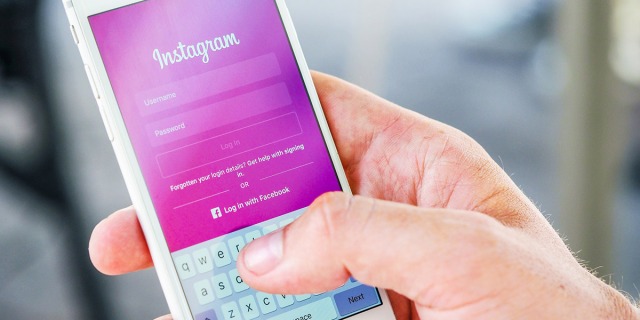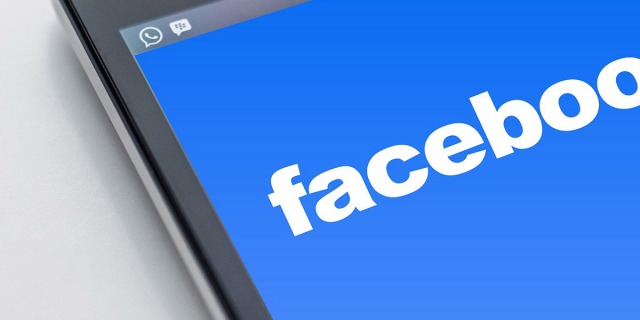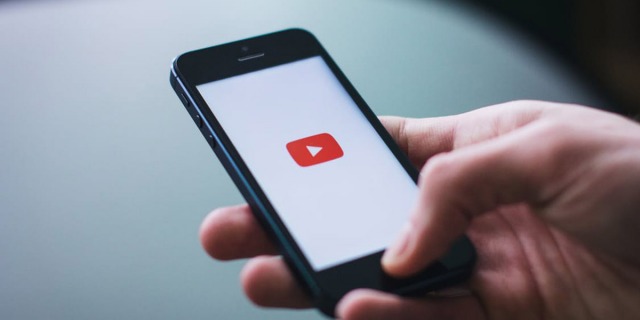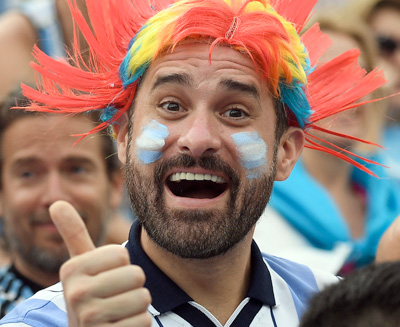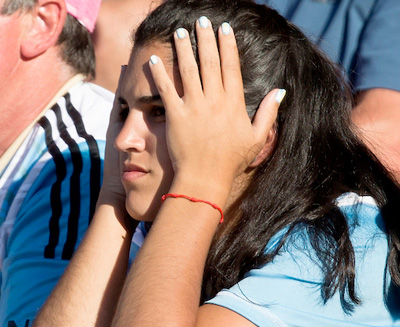FIH encourages our clubs and players to take part in social and digital media, sharing their experiences and love of hockey. Athletes are our strongest assets when it comes to attracting attention and gathering a strong following for both hockey and your team.
If you are reading this as an athlete, if you do not consider yourself as a brand this is a mistake. Be sure to leverage the strength of social media in the most effective way.
